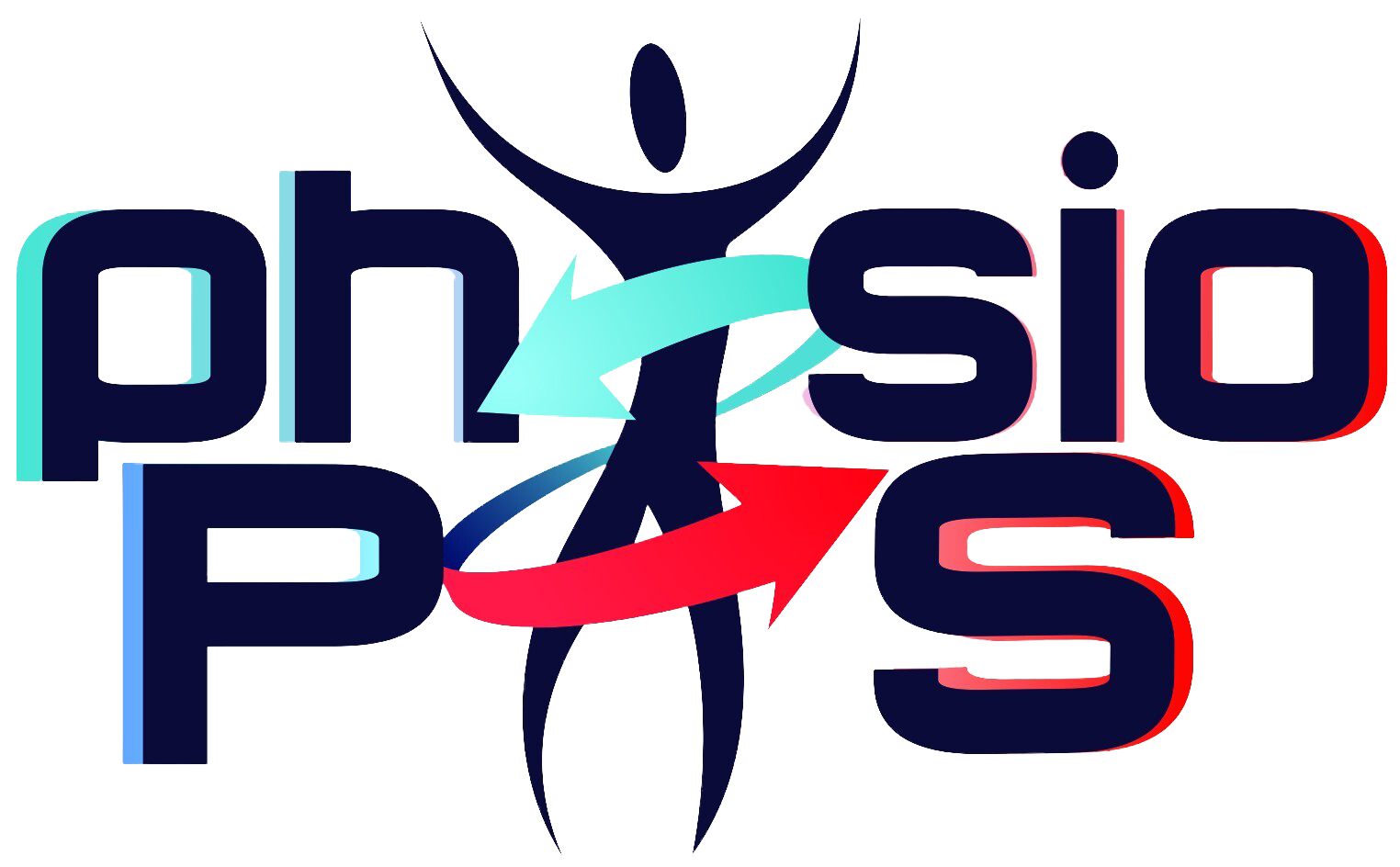Non-Invasive Monitoring Of The Autonomic Nervous System And Hemodynamics Of Patients With Blunt And Penetrating Trauma
ABSTRACT BACKGROUND To describe early effects of sympathetic (SNS) and parasympathetic nervous system (PSNS) activities measured by heart rate (HR) and respiratory rate variabilities simultaneously with noninvasive hemodynamic patterns in patients with blunt and penetrating trauma. METHODS Descriptive study of 168 monitored trauma patients in a level I university-run trauma service. We studied HR and […]

